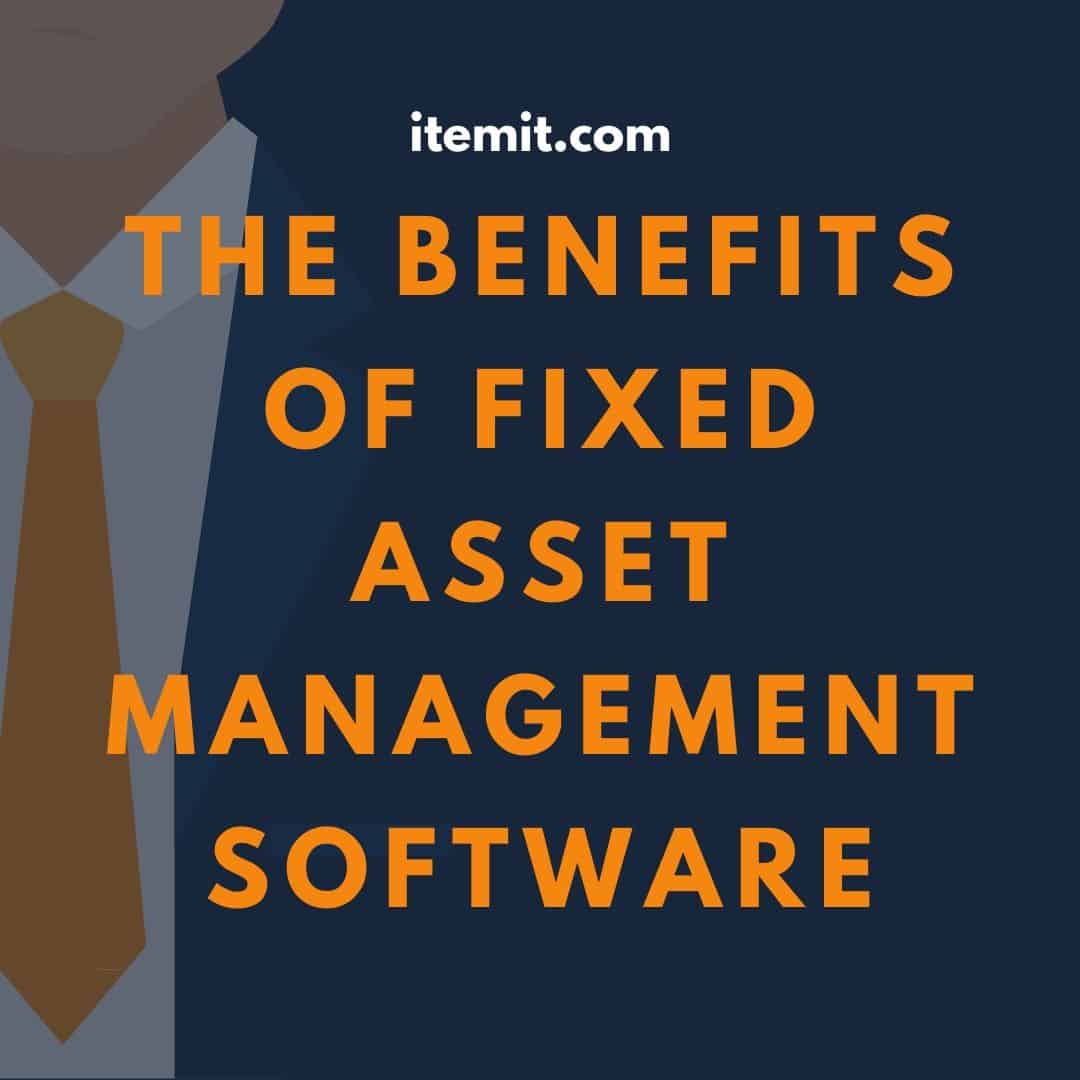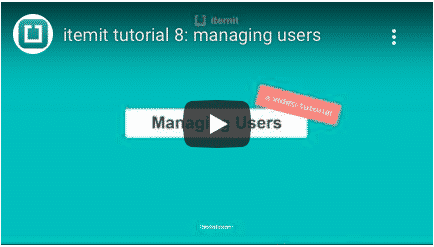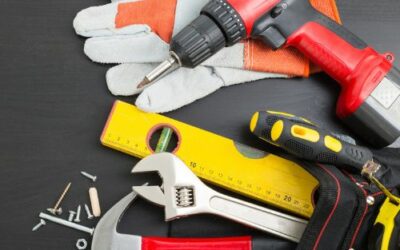
There are a few things that may regularly happen in your business. Losing equipment, not knowing how much maintenance they’ve been through, and not knowing who’s using them. These can become costly, as the gaps in accountability can cause a need to replace assets or undertake unnecessary maintenance. This is where fixed asset management software comes in.
Fixed asset management software is a way to track your fixed assets. You can log any changes against the assets themselves, meaning you get the benefits of more visibility, more accountability, and, ultimately, more control over your fixed assets.
What Are Fixed Assets?
Fixed assets are business assets that you use, but don’t sell. So, in your office, your laptops, furniture, phones and printers are fixed assets. If you work in the construction industry, your construction fixed assets will be your tools, equipment, and PPE.
Fixed asset management software can be used for varying types of asset tracking. You can use it for IT asset management to track your laptops and phones, and you can use it for construction equipment maintenance tracking.
To find out more about what your fixed assets are, you can in our blog: What is a fixed asset?

The Benefits of Fixed Asset Management Software
There are a few key benefits fixed asset management software assists you with. First and foremost, a fixed asset register will be created when you log your assets which shows you what your business owns.
Knowing what your business owns, the current value of assets, the condition of assets, and knowing when things are due for maintenance or replacement greatly assist your operations.
Effectively, asset management software gives you total control over viewing what assets are doing, which helps with financial decisions and time management.
Here are a few broken-down benefits of fixed asset management software:
- Location Tracking: You’ll be able to use fixed asset tagging to see where assets are, meaning you’ll be able to find and use them faster.
- User Management: You can set user permissions so that colleagues can only see the information that is relevant to them. This helps when you’re working with contractors.
- Equipment Maintenance Tracking: You can track maintenance to see when assets are no longer economical to repair, and to make your repair process faster.
- Asset Booking System: Fixed asset management software allows you to book and check out fixed assets, meaning colleagues can’t double book equipment, which makes your operations more effective.
- Streamlined Reporting Features: You can then bring all of this information together. Reports can show you which assets are in the right place, which assets have needed maintenance in a given period of time, how long an asset has spent in a location, and more.
Fixed Asset Tagging Best Practices
To get the full benefits of fixed asset management software, fixed asset tagging will be part of your process.
Fixed asset tagging is using asset tags or asset labels for location tracking. In other words, you’ll use RFID, QR, or GPS tags to track the locations of your assets.
With QR code asset tags and RFID asset labels, you’ll be able to scan the asset’s tag to bring up its asset profile, too, meaning you’ll be able to scan the tag to view and edit maintenance information, for example.
If you want to learn more about whether RFID is best for you, you can contact the team below.
How to Tag Assets With Fixed Asset Management Software:
- Add your assets: First, you’ll want to add your assets to your fixed asset management software to create a fixed asset register. An import of existing asset data will be possible, but you can also audit as you add.
- Tag your assets: The next step is to tag your assets. Stick on the QR, RFID, and/or GPS tag.
- Link the asset’s tag to the asset’s profile: Next, you’ll want to link up the tag to the profile by adding the GPS tag, or by scanning the QR code or RFID label.
- Add relevant information: You’ll want to add relevant information, next, such as financial data, any bookings that are required, or any issues with the equipment that needs to be reported.
- Start tracking: It’s simple! Now, all you have to do is start tracking and collect usage data surrounding your assets.
To find out more, you can check out our complete guide to fixed asset tagging.
itemit’s Fixed Asset Management Software
itemit’s fixed asset management software has a suite of features that can help you save time and money. To find out how itemit can help your business, you can contact us here or fill in the form below.
Start Using Fixed Asset Management Software Today

Try itemit
Choose a better way to track
your assets.
Start your free 14-day trial now!

Keep Learning
itemit Blog
Tips, guides, industry best practices, and news.
Why Your Library Needs Asset Tracking Software
Your library needs a tracking system so you know where your inventory is all of the time. Discover why an RFID asset tracking system is ideal!
How To Switch To Asset Tracking Software
Have more than a few assets and want to have more control over them? Read this post to find out how asset tracking software can help!
Tool Maintenance Made Easy
Would you like to keep your tools in a better condition? read this post now to find out how using pre-emptive maintenance can help!


